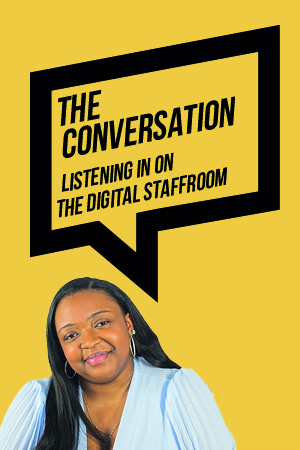Publisher
John Catt Educational Ltd
ISBN 10
This book is for you if you want to make your school “the best place to be”: the best place to work for staff and headteachers, the best place to learn for pupils, or the best place to volunteer as a governor. It will equip you with practical ideas and simple techniques, as well as a few powerful questions upon which to reflect.
Let’s face it, we all aspire to find the best place to work – but quickly fall into the trap of allowing busyness, day-to-day tasks and negative talk to dampen our expectations and self-beliefs. This book reinforces the fact that the opportunity to create a great workplace is there for us all to grasp.
The author, Mandy Coalter, challenges us to rise above the multiple difficulties facing schoolteachers, such as data-assessment overload, lack of resources/funding, high levels of absenteeism, teachers in short supply and newly qualified teachers leaving their chosen career after only a few years. Instead, Coulter – who is an HR director at the United Learning schools group ¬– takes a refreshing look at how those in charge can innovate school culture so that people are truly valued. This, in turn, creates the best learning environment for pupils, and results quickly follow.
Talent Architects explores many practical approaches – drawing from best practice within both the private and public sector – to help manage the ongoing need to attract the best staff. It also takes us through ways to retain good teachers and assistants once they are onboard – by managing performance, developing potential and growing talent as part of a holistic approach to employee engagement. We know from extensive research that the quality of teaching staff directly impacts pupil outcomes, which makes taking action to build an attractive workplace in schools mission critical.
There are some “deep dives” into how to address teacher workload and wellbeing in order to motivate and consequently retain the best staff. The author also explores the crucial role that leaders play in people management. They have to be visible and model behaviour – “the standard you walk past is the standard you set” – and they must be adept at making things happen through others. Leaders set high aspirations for “all to achieve”, regardless of backgrounds. Different school scenarios and the variety of individuals who comprise the staff team require leaders to be agile in exercising a range of leadership styles.
We are reminded by the author of the importance of sharing successes with parents, staff and children. The vital role of websites in recruiting talent is emphasised, too – in their content and style, they demonstrate very publicly what the school thinks is important.
The book recognises that engagement happens at the individual level. Therefore, the relationship between manager and member of staff is the unit of change, with factors such as flexible working, more CPD or a simple thanks at the end of a tiring day key to success.
It is essential that we give ourselves time out within busy school schedules to review our people strategies, as this is a positive sign that the school is prioritising building a great workplace. Talent Architects reinforces the need for governance teams to ensure that the SLT has a strongly defined people strategy, as well as HR expertise.
If there is one expectation that any chair of governors must have of their headteacher or executive head, it is to commit to being the best leader they can be. Read this book and understand the impact that excellent people management and engagement skills can directly have on the working environment in schools, and ultimately the ability for a future generation to reach their potential.













Your thoughts